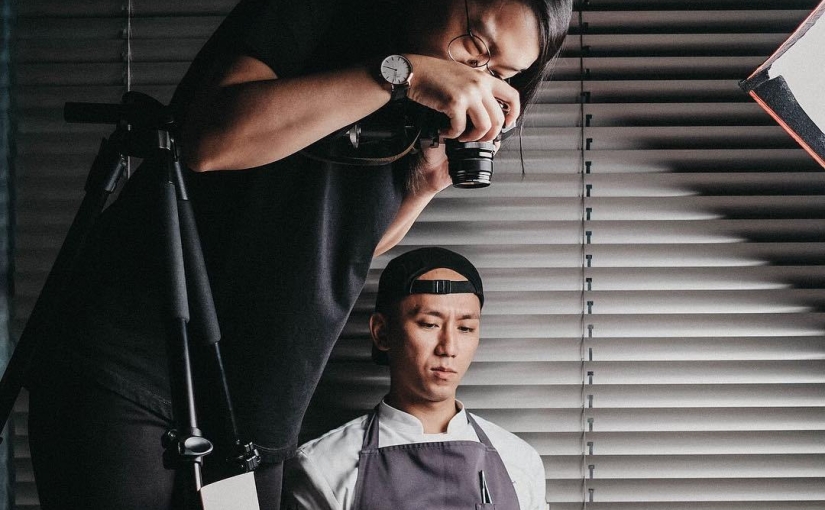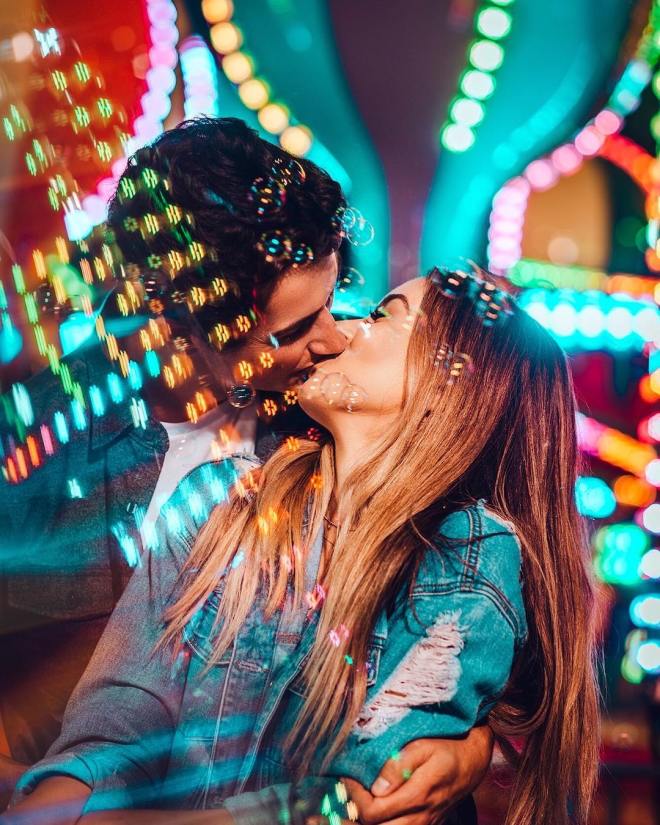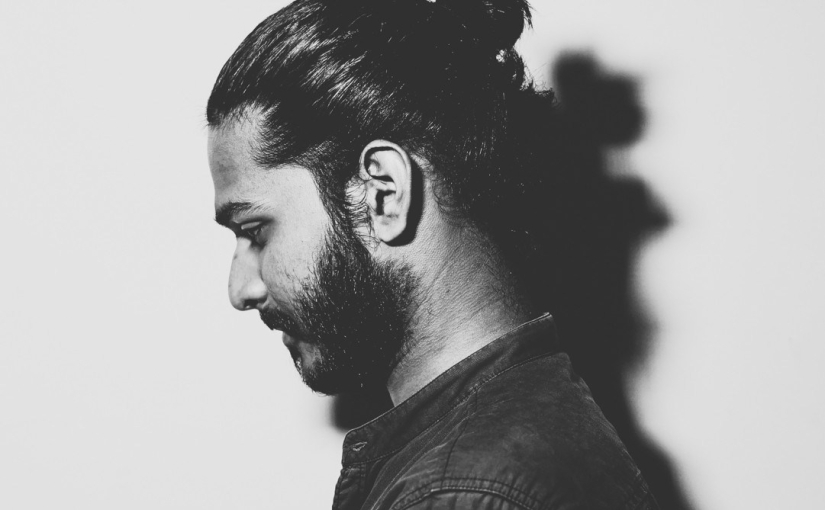This project analysis is a critical analysis done on a previous animation project that I’ve worked on. While my primary focus is on the photography and film field, I find it is still useful to learn from projects in slightly different mediums. Owing to it’s length this post is split into two parts.
This is the second part. The first part can be found here.
Contextual Research
Introduction
This chapter outlines the contextual research for the project discussed in this paper. The final output that was required for the project was video. Due to the content that is being presented, it was decided to make the project an animation.
Animation and Motion Graphics
Animation is essentially the “the act of creating the illusion of movement through still images” (Zeke, 2015). In a way then, animation can be traced back to cave paintings and various ancient art works, for example, pottery from Shahr-e Sukhteh, Iran, around 3000 B.C., which depict a goat leaping (Miller, 2015). More recently, tools such as the Magic Lantern (an image projector which used sheets of glass), the Phenakitoscope (a spinning disk with images on it), and the Kineograph (more commonly known as a flip-book) are also considered as part of animation history (“History of animation,” 2015). Eventually in the 1900s animation evolved into the cartoons that people today are familiar with. However the project isn’t a traditional animation, rather it is classified as motion graphics. Motion graphics can be defined as the “art of creatively moving graphic elements or texts, usually for commercial or promotional purposes” (“5 types of animation – a beginner’s guide,” n.d.). They are usually flat images or 3D objects that have the effect of motion. Primarily they are used for title scenes, animated logos, promotional videos, and etc.
Motion graphics has an advantage over still images, such as posters. One of the advantages, being the ability to have more content. Where a poster would be one frame, a video has multiple. The conversation stack, discussed earlier in the report, is linear, there is a certain order to it – it has a specific starting point and ending point. This translates well into a video, which is able to show the step by step process better.
Design Style
Design-wise, the project went with a simple, minimal look and feel. This was chosen after various experiments because it was kept the video simple, moving focus to the content instead. Minimalism started in the 20th century, and continues to be a popular trend today (Mokhov, 2011). It has influenced almost all arts and technologies from the late 20th century (Ivanoff, 2014). Everything from artworks to architecture to automobiles to UI/UX design, games, products, films, and more. Notable uses of the design can be found everywhere. For example, in products such as the iPhone and MacBook, operating systems such as Android and iOS, as well as most modern apps and websites. According to Mokhov (2011), minimalistic design was influenced by the De Stijl art movement, architects like Van Der Rohe, and traditional Japanese design. All of these styles focused on fewer elements with simple lines and form. As Van Der Rohe famously said, “Less is more.”
Future Development
Introduction
This chapter will discuss the future development of the project, and outline any possible changes or improvements that could be made to further enhance it.
Improvements
While the overall idea and design of the project is good, there are a few key areas that could be modified to make it better. For example, the overall video is generally static. As the steps progress, there are no major changes happening to the layout or elements in the project, and as such it looses visual interest for the audience. Adding new, more complex animations and transitions could help keep the video interesting. The minimal design, while clean and pleasing, could have extra visually appealing elements added to it as well. The last major change, would be the color scheme – tweaking the colors to make them more brighter and eye catching.
All these changes would be to help make the video more memorable to the viewer, which is the point of the project – helping one to visualize the steps in a way that he or she can remember them and actually make use of them.
Conclusion
In summary, this report provides the development process of the project. The goal of the project was to help one to start conversations with strangers with the help of the conversation stack – a tool that uses visualization to help remember questions to start conversing. The design and development chapter gave a more detailed description of the stack. The contextual research chapter briefly talked about animation, its history, and motion graphics, in addition to the design style used. The final project was outputted as motion graphics with a very minimalistic design. Finally, the future development section talked about ways to better the project by making the animation more visually appealing and memorable.
References
The 5 types of animation – a beginner’s guide. (n.d.). Retrieved from https://www.bloopanimation.com/types-of-animation/
Carnegie, D., & MacMillan, A. (1998). How to win friends & influence people. New York, NY: Pocket Books.
Dale Carnegie Oregon. (2015, November 2). Dale Carnegie Oregon conversation stack [Video file]. Retrieved from https://www.youtube.com/watch?v=Zlb4joIZGn4
Google. (n.d.). Material design guidelines. Retrieved from https://material.io/guidelines/
History of animation. (2015, August 7). Retrieved from http://history-of-animation.webflow.io/
Ivanoff, A. (2014, June 6). Design minimalism: what, why & how. Retrieved from https://www.sitepoint.com/what-is-minimalism/
Lomax, T. (2012). Getting acquainted stack. Retrieved from https://mochagirlspitstop.files.wordpress.com/2012/11/gettingacqstack.jpg
Miller, M. (2015, January 19). Scholars rethink the beginnings of civilizations following discoveries in Burnt City of Iran. Retrieved from http://www.ancient-origins.net/news-evolution-human-origins/scholars-rethink-beginnings-civilizations-iran-020173
Mokhov, O. (2011, May 9). Minimalist design: a brief history and practical tips. Retrieved from http://spyrestudios.com/minimalist-design-a-brief-history-and-practical-tips/
Zeke. (2015, February 26). A quick history of animation. Retrieved from https://www.nyfa.edu/student-resources/quick-history-animation/
THIS POST WAS ORIGINALLY CREATED AS AN EXERCISE AS PART OF RESEARCH AND DEVELOPMENT IN DIGITAL MEDIA.






 At the end of each book Scott presents some of his photos and tells you exactly how he achieved that result. All of these and more, are compiled into volume 5 of The Digital Photography Book. So if you want to know more about how Scott shoots his subjects, and his exact thought process and workflow, book 5 is worth exploring.
At the end of each book Scott presents some of his photos and tells you exactly how he achieved that result. All of these and more, are compiled into volume 5 of The Digital Photography Book. So if you want to know more about how Scott shoots his subjects, and his exact thought process and workflow, book 5 is worth exploring.




















